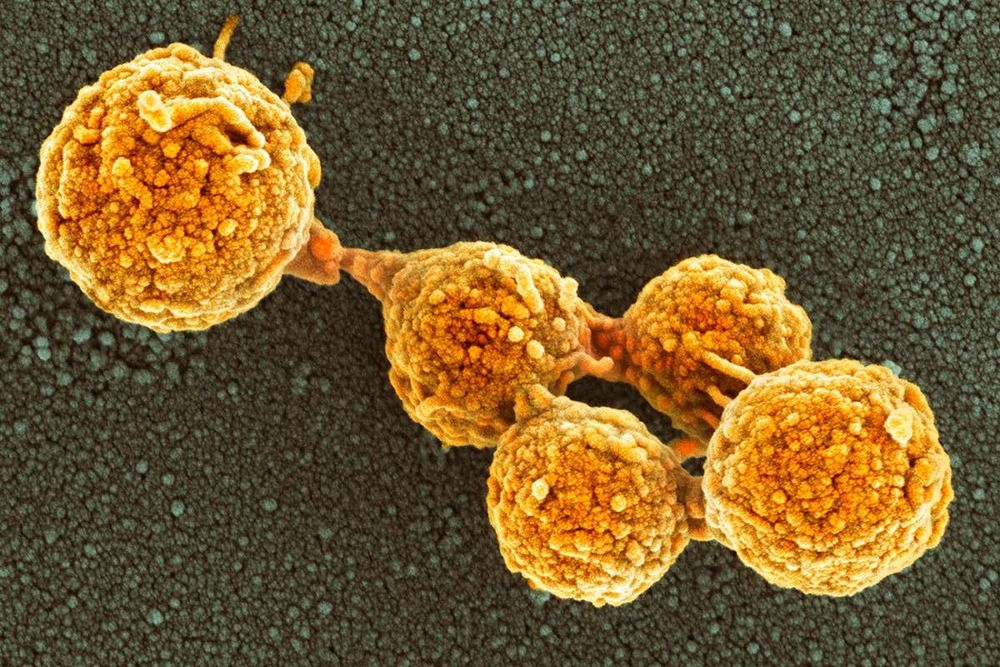
The School of Computer Science and Statistics in Dublin, Ireland, has begun investigating how much user data iOS and Android send to Apple and Google, respectively. Overall, they discovered that, even when the devices are idle or minimally configured, each tends to share an average of 4.5 minutes’ worth of data every day.
For instance, Apple and Google both receive the devices’ IMEI, hardware serial number, SIM serial number and IMSI, handset phone number and other items. Moreover, Android and iOS continue to transmit telemetry to their manufacturing companies, even if the user specifically opts not to share this data. In fact, as soon as the user inserts a SIM card into either device, corresponding user data beacons out to the parent companies of each.
Meanwhile, users have no way to avoid iOS devices sharing with Apple the MAC addresses of nearby devices—such as other handsets or home gateway—as well as GPS location. Indeed, these users do not even have to log in for the device to share their data. On the other hand, Google collects a much larger amount of data from nearby devices than Apple. As a comparison, Google receives about 1MB of data versus 42KB for Apple. While idle, the Android Pixel sends around 1MB every 12 hours, while iOS shares 52KB of data. Furthermore, Google even collects about 20 times more handset data than Apple, and the majority of users in the US have Android devices.
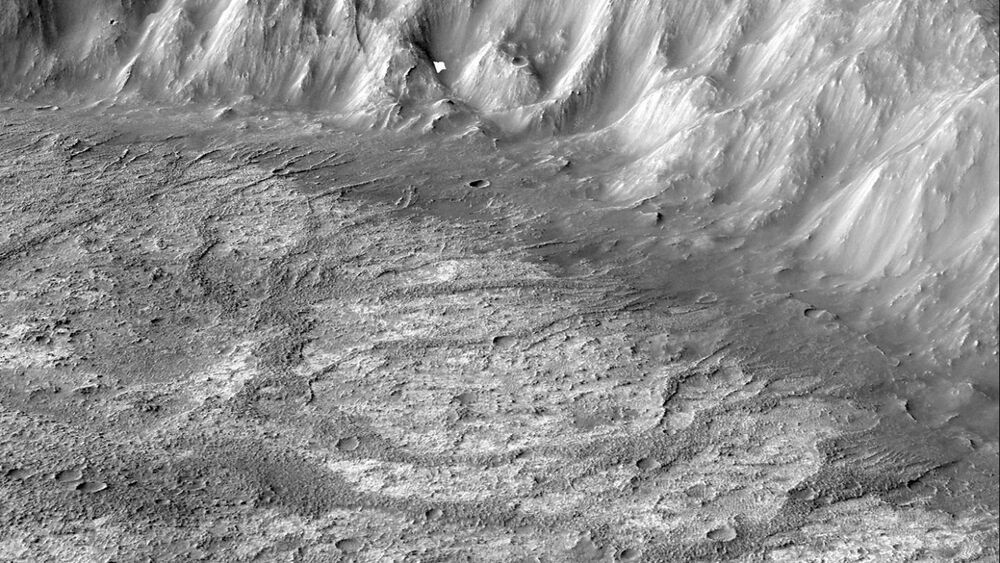


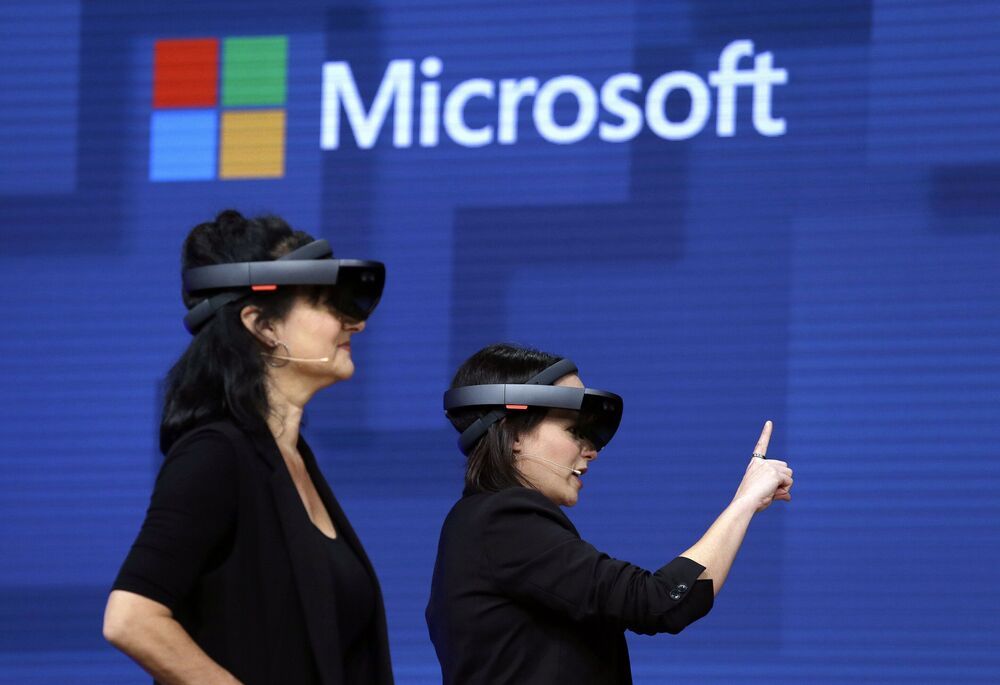
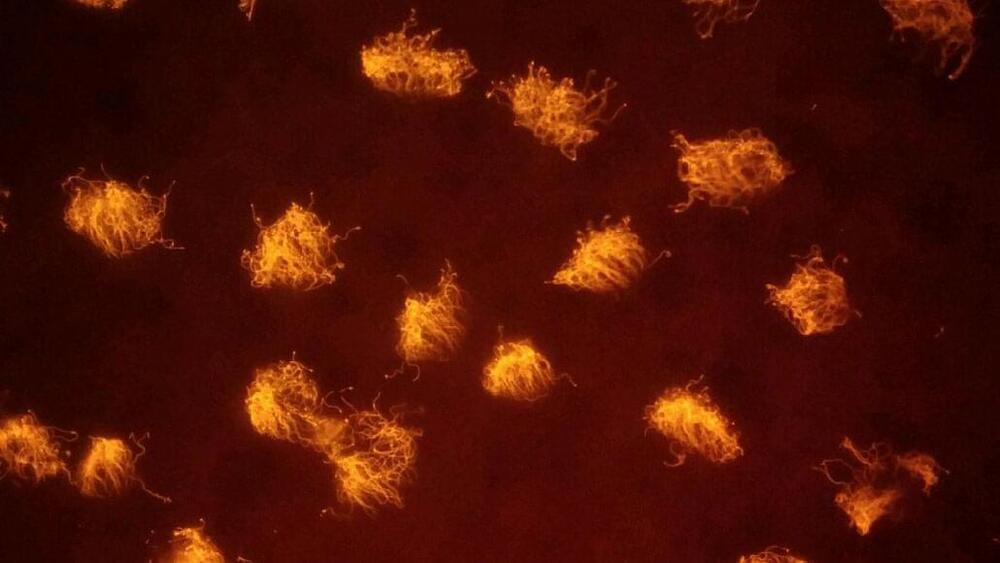
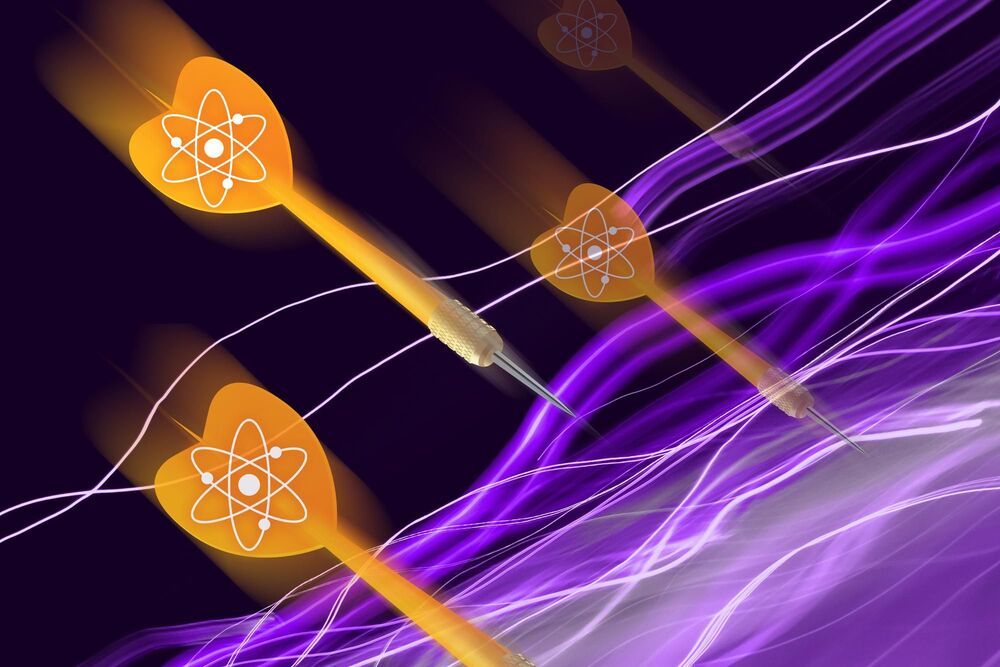
 Many of us have been wracking our brains why Nvidia would spend a fortune – a whopping $40 billion – to acquire Arm Holdings, a chip architecture licensing company that generates on the order of $2 billion in sales –
Many of us have been wracking our brains why Nvidia would spend a fortune – a whopping $40 billion – to acquire Arm Holdings, a chip architecture licensing company that generates on the order of $2 billion in sales – 